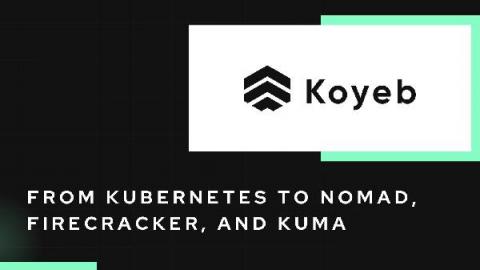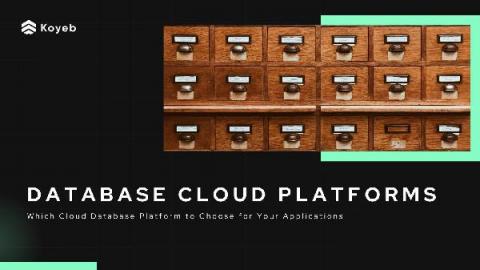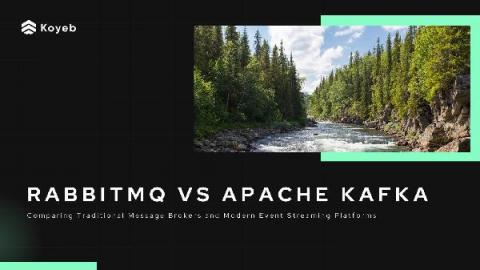Why you need to build globally distributed applications
Today's users of web and mobile applications and services expect fast and outstanding experiences. Delivering successful web services and applications means meeting these baseline expectations: In this blog post, we dive into why these three goals are vital to modern web applications and services. Then, we will look at how building global and distributed architectures achieve these goals.











